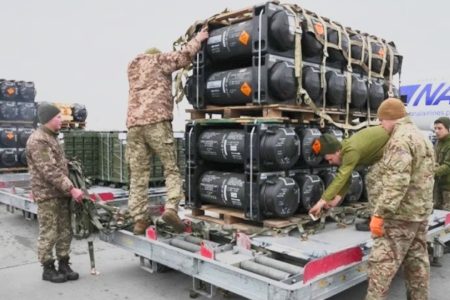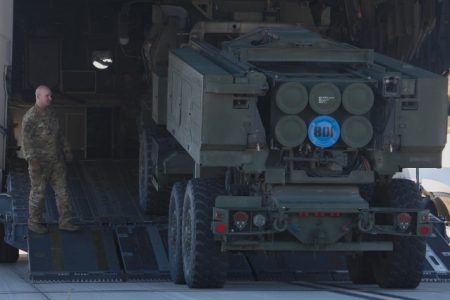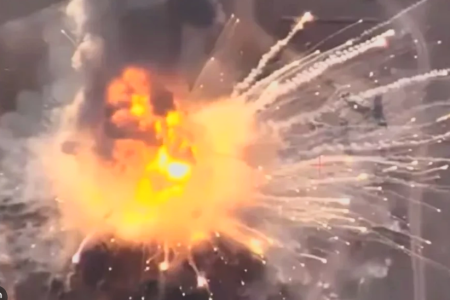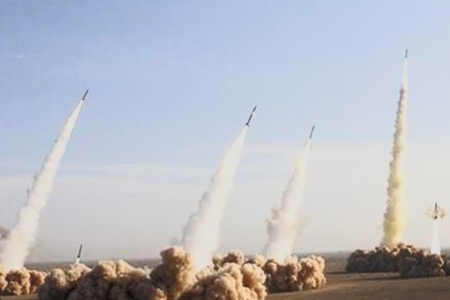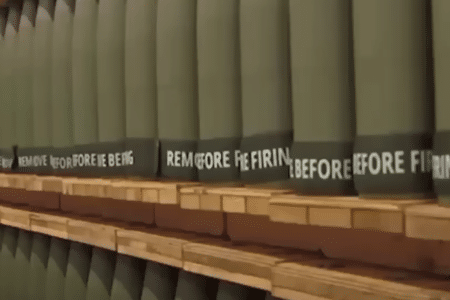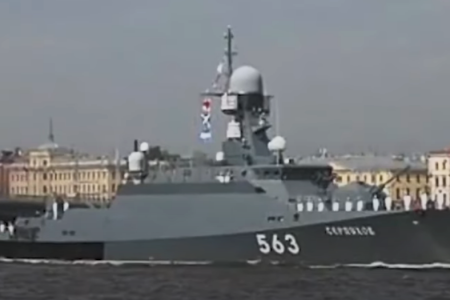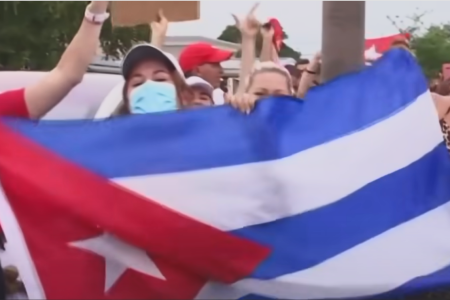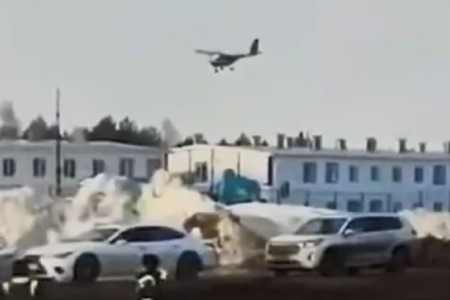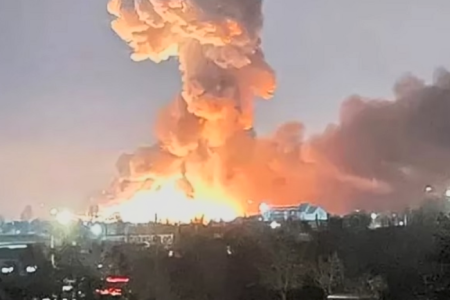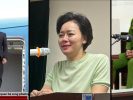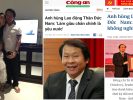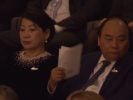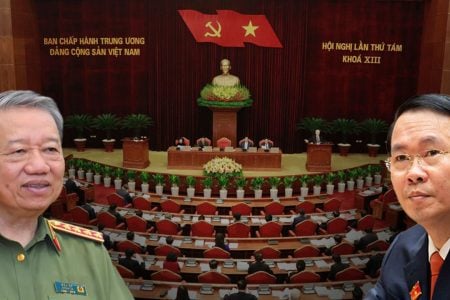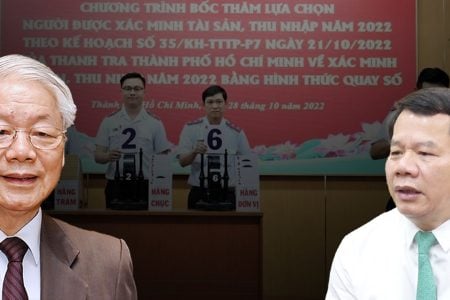
The narrow door to a different future did not open for Vietnam in 1946 when President Harry Truman kept silent about the petition letters from President Ho Chi Minh. However, the historical context since then has changed…
American Presidents and Vietnamese leaders over the past 26 years seem to be trying to create that different future. Witnessing the proactive goodwill from the Biden – Harris Administration, observers wondered, how will Vietnam’s new “Four Pillars” respond to these initiatives from the United States? The whole Southeast Asia region is like a “boiling oil” and the world in which the Sino-American competition is being pushed to its climax.
From Austin’s visit
On July 30, 2021, the White House announced: “U.S. Vice President Kamala Harris is going to visit Vietnam and Singapore in August as part of a trip to strengthen ties with two important partners in Indo-Pacific region.” This is the first time a US Vice President has made a separate visit to Vietnam. The statement about Ms. Harris’s trip was made last weekend by Ms. Harris’s Personal Advisor and Chief Spokesperson, Symone Sanders.
“President Biden and Vice President Harris have long made it a top priority to rebuild our global partnership and keep our nation secure, and the upcoming visit continues to deepen our commitment in Southeast Asia,” the statement said. During her upcoming visit, the statement added, the US Vice President will work with the leaders of the two governments of Vietnam and Singapore on issues of mutual concern, including regional security, the global response to the COVID-19 pandemic, climate change, and the three countries’ joint efforts to promote a rules-based international order.
The news that US Vice President Kamala Harris will soon visit Vietnam is probably one of the outstanding agreements that Vietnamese President Nguyen Xuan Phuc announced a day before the above statement, that is, on July 29. 2021, after receiving US Defense Secretary Lloyd Austin to greet him politely at the Presidential Palace [2]. During the meeting, Mr. Nguyen Xuan Phuc said he was looking forward to Ms. Harris’s visit, although he did not provide further details.
Another issue that was also discussed in the above meeting was the prospect of upgrading the partnership and how to ask questions from each side, how to promote the current “comprehensive partnership” to move forward to “strategic partnership.” At the meeting with President Nguyen Xuan Phuc, which Mr. Austin called “very honorable” and the meeting with Prime Minister Pham Minh Chinh, which he considered “very solemn,” the leaders reviewed their relations strong bilateral relations. “The United States is committed to supporting a strong, prosperous, and independent Vietnam.” This statement is not new but goes hand in hand with words and deeds, when the US brought 5 million doses of Moderna vaccine, along with $20 million in aid to Vietnam against COVID-19. How emotional it was when Mr. Austin told Mr. Phuc: “We want to continue to support in different ways… We have no strings attached. This is about friends helping each other in times of need.”
The above move makes the United States the country that donates the most vaccines to Vietnam. In addition, in the Biden Administration’s plan to share 80 million doses of vaccine to low- and middle-income countries, Vietnam is also on the list of priority countries to receive directly or through COVAX program. The timely support of the US to Vietnam, especially in the context that Vietnam is dealing with a record increase in infections, is expected to help strengthen trust and tighten cooperation between the two countries.
Strategic urgency…
Concluding two days in Hanoi, the US Secretary of Defense thanked General Phan Van Giang for the warm welcome and effective working session. The partnership, which Mr. Austin says is rooted in strong people-to-people exchanges and the two sides’ continued commitment to responsibly handling war legacies, further emphasized on Twitter: “Above all, I want to talk about the strategic urgency of the partnership.” What is the strategic urgency of the partnership, or is it the “strategic partnership” relationship? We still have to wait until there is a joint announcement on the results of Vice President Harris’s visit to Vietnam in August to be clear [3].
During Mr. Austin’s visit to Vietnam, Hanoi was certainly explained about the concept of “integrated deterrence”, as well as knowing how much the US needs ASEAN in the FOIP structure. In contrast, the precarious position of Vietnam, the Washington side also had the opportunity to “measure and measure” quite carefully. It is no coincidence that, ever since the official issue was raised four months ago with Ambassador Ha Kim Ngoc, who is nominally representing the President in Washington, both the host and the guest have paid attention to every detail of the program. visit schedule.
Right on July 29, when 4-star General Lloyd J. Austin left Hanoi, Admiral Karl L. Schultz, Commander of the US Coast Guard, at an online press conference on the same day also emphasized to the American media and the world about the importance of Vietnam in the region. This naval admiral said that he had met a number of Vietnamese leaders and received a commitment that Hanoi would use the ships that the United States aided in accordance with Vietnam’s national security interests in the region. He expressed his belief that Vietnam will continue to be an important partner of the US Coast Guard. He was eager to see how Vietnam would use the ships that the United States had aided in the face of threats in the region [4].
It is quite interesting that the US Military Attaché in Hanoi Thomas Stevenson, on the occasion of the visit of the “big boss,” expressed a sympathetic stance towards Vietnam’s “four nos” and “one if” defense policies. According to Colonel Thomas Stevenson, that is Vietnam’s way of creating a framework for effective dialogue, for effective dispute management, without conflict. The colonel repeated the message during Minister Austin’s visit, both Vietnam and the United States agreed that no one asked countries in the region to choose sides. Instead, it calls on the parties to choose and strengthen the rules-based international system [5].

Unsolved problems
If Mr. Lloyd Austin’s visit is aimed at reaffirming the US defense relationship with all three countries, Singapore, Vietnam and the Philippines, as well as the US’s long-term commitment to the region, according to a statement dated July 19 of the spokesman of the Department of Defense John F. Kirby, Ms. Harris’s visit here further proves that Vietnam and ASEAN are an essential part of the free and open Indo-Pacific architecture (FOIP) of the Biden-Harris Administration.
Viewed from Vietnam, observers can easily agree: Another great opportunity is coming to the country with nearly 100 million people, carrying in it a “pair of genes” to be wary/dare to resist the forces of Western expansion. This “pair of genes” – both tame and wary – and in any case ready to fight back, has been drawn up over thousands of years of history. The US needs such a powerful Vietnam and a central ASEAN in the region to deal with China’s ambition to monopolize the South China Sea and Beijing’s attempt to subvert the rules-based international order, to replace it with a totalitarian and hegemonic order dominated and commanded by China.
Up to now, neither China nor the United States has hidden the aforementioned “grand strategies.” For the United States, refer to the “Interim Guidance on National Security Strategy,” The role of Vietnam has been mentioned in this strategy, as a regional and international partner [6]. For China, it is possible to witness statements on the 100th anniversary of the founding of the CCP and the summit between China and political parties in early July. At those events, Beijing considered the war of invasion of Vietnam in 1979, the invasion of Hoang Sa in 1974 and the massacre on Gac Ma island in 1988 as major milestones on its “revolutionary” path. CCP [7].
In that context, from the Vietnamese side, is the unspoken view of some circles that “if Vietnam wants peace, it must knee to China, and if it wants to develop, it must have a good relationship with the United States” is it still up to date? This way of putting the problem like this is in fact illogical, because peace is a condition for development, development creates potentials to maintain peace. These two factors are equally important and interdependent. Not to mention, that concept is an analogy of China with the US, so it only focuses on pursuing “the policy of swinging the rope.”
The “swing policy” is actually just a natural response of the weak to the strong, not a grand or sublime countermeasure. Looking at Laos, for example, it was also “swinging” in the past, but now he has actually turned to China, only caressing and taking advantage of Vietnam to save face and make peace. Particularly, Cambodia does not need to be as smart as the Lao “brothers.” And that is the choice of those countries!
Now, the context of Vietnam – US relations is favorable due to the strategic adjustment from the US and its allies. The United States wants to probe Vietnam for the possibility of establishing a “strategic partnership” relationship and has actively created conditions for Vietnam to choose. In fact, enlisting support for vaccines or patrol vehicles in the South China Sea only makes sense in the short term, while both the United States and the current context are pushing Vietnam and Southeast Asian countries to offer a broader selection.
The question is can Vietnam continue to procrastinate and delay, pushing that choice from one term to the next? The difficulty now is not only to respond to the initiative from the United States or to stay with China, but the problem is how to meet the wishes of the people. Through the pandemic, Vietnamese people see more clearly who their true friends are in times of trouble. It can be said that with the people, they already have their choice.
So how do leaders decide? The story of Vietnam-US and Vietnam-China relations is not simply related to foreign policy, it is also the goal and national development strategy. So here it is a matter of domestic politics, i.e. power relations. Is there an individual strong enough to dare to decide (if it’s an individual), or is there some consensus from the Politburo (if it’s a collective) to take the decision? This test is being put on the leadership of the current term, will the new “Four Pillars” dare to follow both the “will” and “courage” of the old teacher Ho Chi Minh?
Foreign relations, once established with national interests as the foundation, will become a constituent part of the country’s political, economic and military resources. The problem is, instead of clinging to the old perception when separating internal and external forces, strategists need to calculate and take advantage of this special resource to optimize it at the highest level.
Thoibao.de (Translated)






